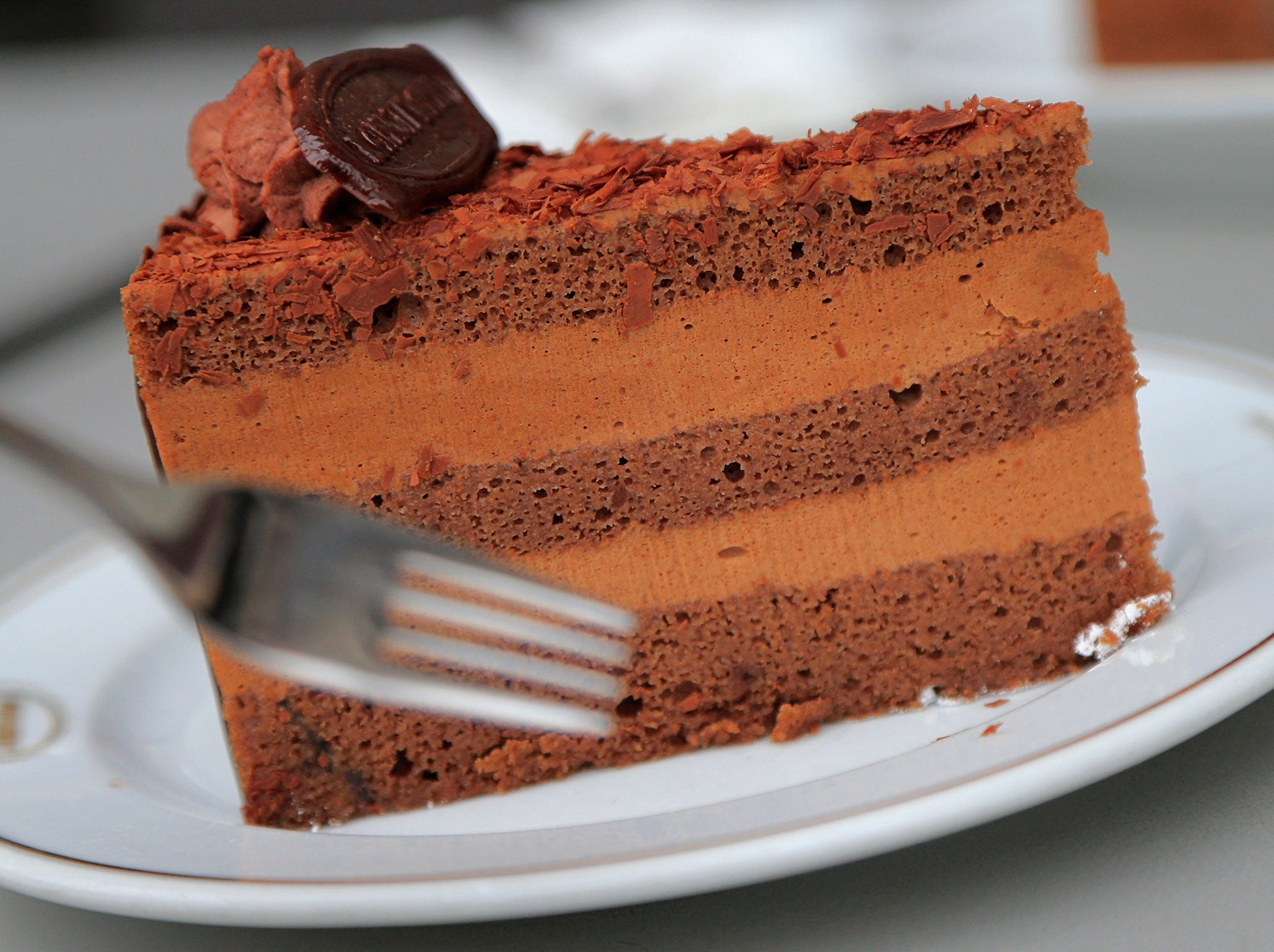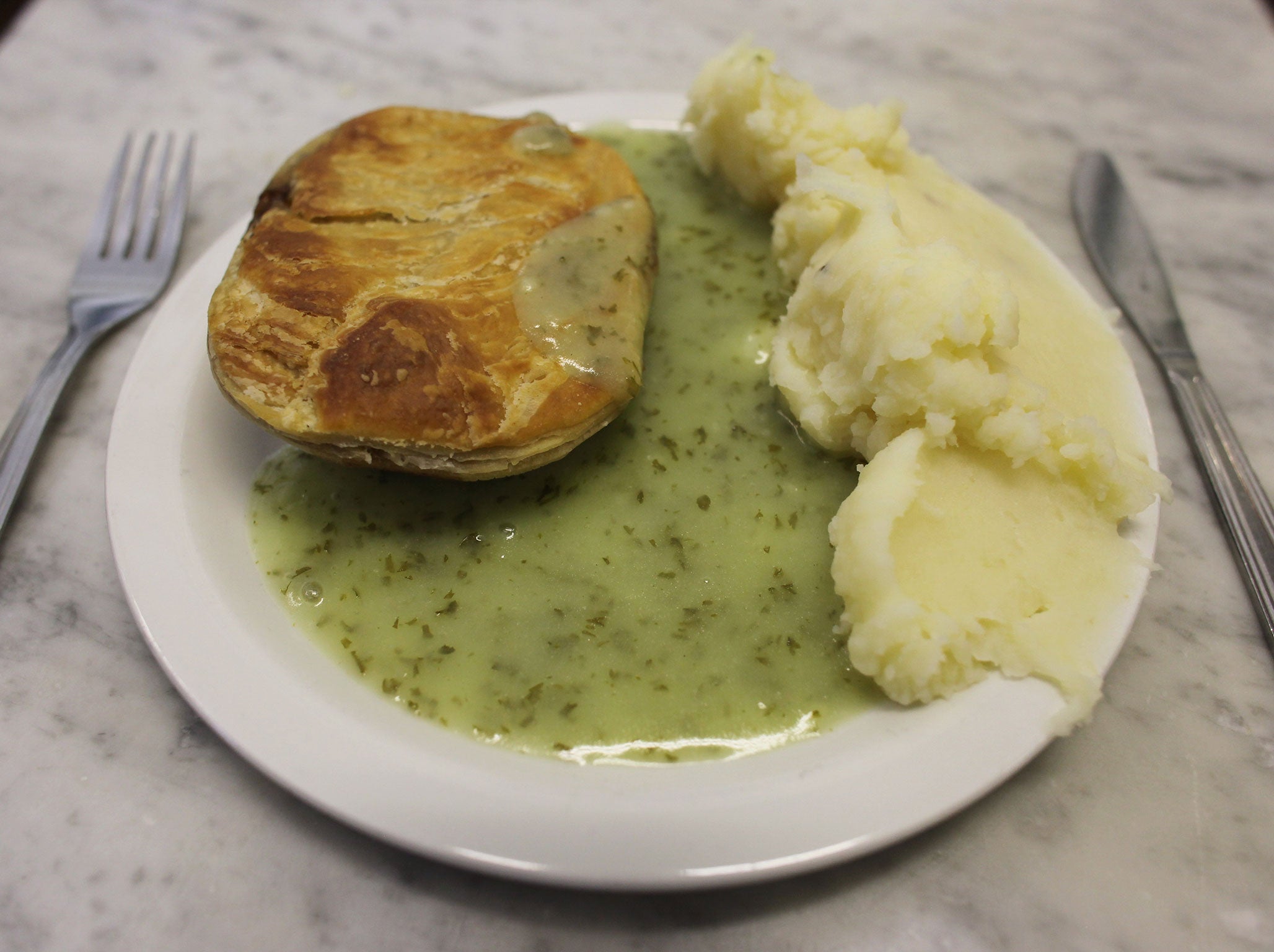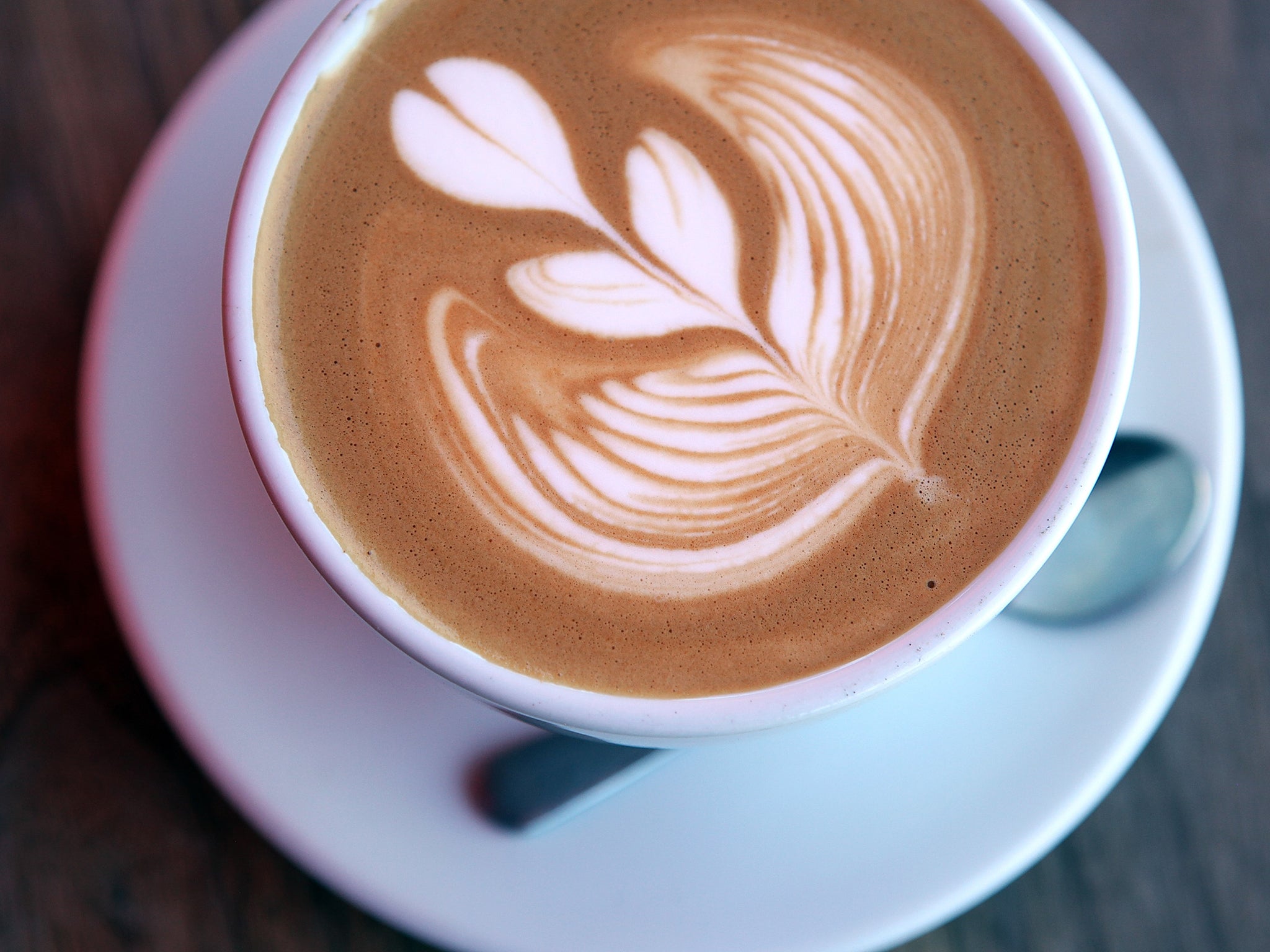Why you love bacon and 5 other questions about food and the body answered
There's a reason why cake is irresistible

We have all felt the pang of hunger - but how many of us know what causes it or why are we more tempted by some foods than others?
Here we answer some questions about bodily functions which we deal with every day, but barely give a second thought to.
Why do we become hungry?
Hunger is one of the body’s most basic and fundamental sensations, and it originates in the stomach. When the stomach is empty, it begins to produce a hormone known as ghrelin. This then travels to a region of the brain known as the hypothalamus.
The hypothalamus is responsible for maintaining a constant, optimum state; keeping the body at a set temperature, regulating hormones and monitoring hydration. The arrival of ghrelin is a signal that energy levels might be about to dip, so it triggers the production of a second hormone, neuropeptide Y. This hormone promotes eating.
The cue to stop eating is much more subtle. The stomach has stretch receptors, and will signal to the brain that it is full.
What happens if we have already enough energy
Fat stores produce a hormone known as leptin, which tells the brain exactly how much energy the body has in reserve. When leptin levels are high, the hypothalamus makes hormones that suppress appetite.
The trouble is that with high levels of fat, we can become resistant to the leptin message, similar to insulin resistance in type-II diabetes. If the brain does not know there is enough fat, we just keep eating.
Cravings are slightly different. These are generated not in the stomach, but in the brain. There are three main areas of the brain implicated in food cravings, the hippocampus, the insula and the caudate.
Why do people crave junk food and how can you curb the feeling?
Humans have been programmed through evolution to enjoy fatty and sugary foods; eating them ensures we have enough energy to survive. The hippocampus is involved in gathering sensory information, and processing it for long-term memory storage, and with food cravings, these memories become associated with activation of the brain’s reward circuitry. The more we enjoy eating a food, the more likely we are to crave it.
Mental images are thought to play an important role in food cravings and picturing food makes it much harder to resist. But thinking about other visual images can help to curb the cravings and distract your brain.
Digestion happens subconsciously, but you do have a manual override, and what your brain thinks it wants isn’t always what it needs.
What is a comfort food?
When we are feeling stressed or sad, many people turn to comfort foods such as mashed potatoes, beans on toast or macaroni cheese. Carbohydrates not only make us feel warm and full, they actually increase levels of serotonin, sometimes known as the happy hormone.

What about my favourite food and drink makes them irresistible?
Bacon
The distinctive smell of bacon is, as most of us have probably experienced, hard to resist. That fact is all down to the chemistry of cooking meat. As the bacon is heated, the amino acids that make up the muscle protein react with reducing sugars present in the bacon fat. This process, known as the Maillard reaction, occurs only at high temperatures and produces over 150 different volatile molecules, each able to interact with different smell receptors in the nose. Most of the delicious smell of bacon is attributed to a group of nitrogen-containing compounds known as pyridines and pyrazines.
Tea
In England, drinking tea is a national pastime. The main chemicals in tea are known as polyphenols, and each cup contains around 200 milligrams (0.007 ounces). The polyphenols are large molecules made up of smaller building blocks, which are known as catechins.
When these catechins react with oxygen, they make two types of chemical; theaflavins, which make the orange-brown colour of tea, and thearubigins, which are thought to contribute to the taste. The different amounts of the chemicals present in the tea are very dependent on the life of the plants and the processing of the leaves.
Chocolate
Chocolate is one of the foods most commonly associated with happiness, particularly the hormone serotonin. The chocolate itself does contain the precursor to serotonin, an amino acid known as tryptophan, but this is also found in many other foods, including meat.
Chocolate also contains phenylethylamine, a molecule chemically similar to amphetamine, but it is broken down in the digestive system, and does not reach the brain intact. The feel-good factor of chocolate is more likely to be down to its fat and sugar content, and a property known as mouthfeel. Chocolate is among the only foods that melts at close to body temperature.
Coffee
Coffee contains over 1,000 different aroma compounds, responsible for its unmistakable smell. Around 12 per cent of the green coffee bean is made up of a set of chemicals known as chlorogenic acids, and when the beans are roasted, most of these acids begin to break down.
Some produce the brown-coloured compounds that give coffee its characteristic dark colour, while others produce the bitter-tasting chemicals responsible for its taste. Coffee also contains high quantities of caffeine, around 100 milligrams (0.0035 ounces) in every cup. It works on receptors in the heart and brain, blocking the action of a natural neurotransmitter and acting as a stimulant.

Jodie Tyley is the Editor of How It Works Magazine. Follow the magazine on Twitter: @HowItWorksmag
Join our commenting forum
Join thought-provoking conversations, follow other Independent readers and see their replies
Comments